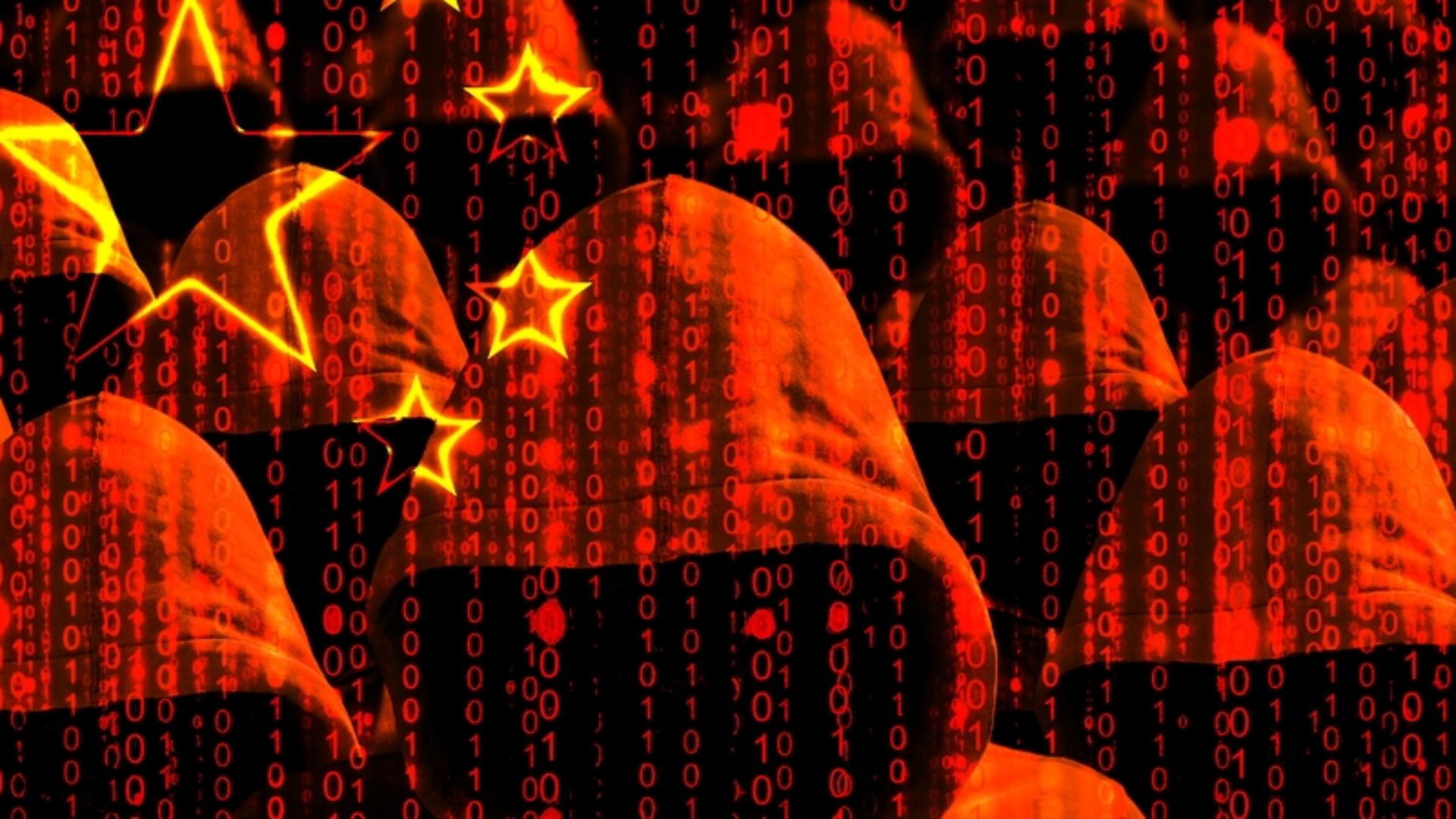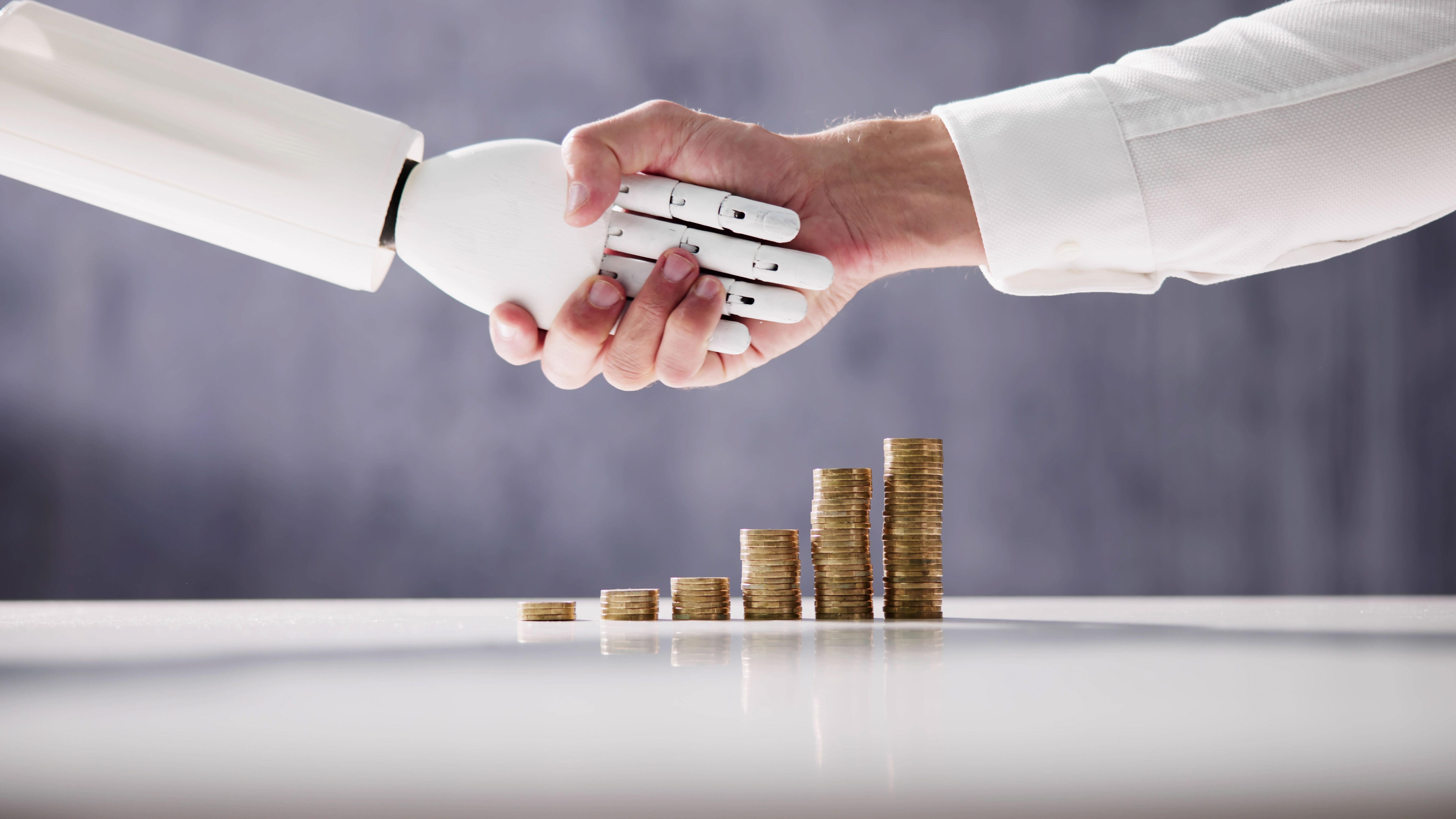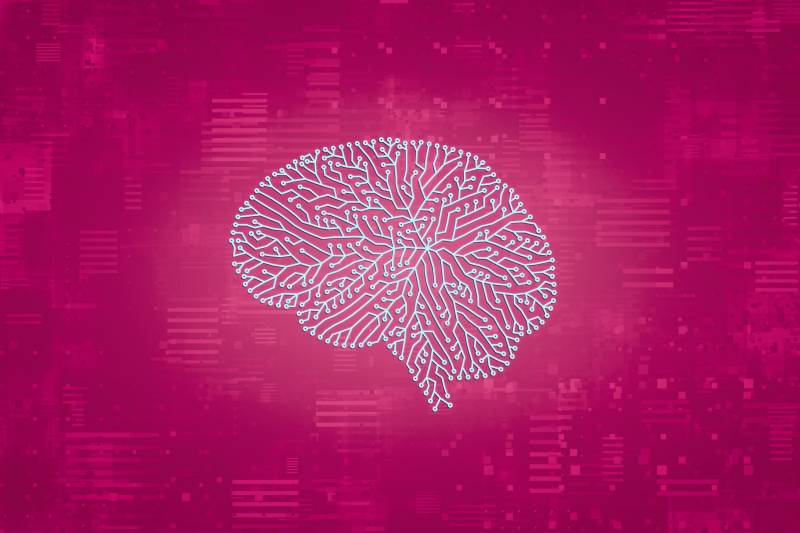What is Stagflation?
As prices soar more than ever, stagflation is on everyone's mind. But what is stagflation and why does it matter to your small business?

What is stagflation? Stagflation is like an imperfect storm, a weather happening with lots of contributing factors. Stagflation is an economic condition caused by a combination of increasing inflation and high unemployment rates, which cause a decrease in consumer demand for goods and services.
In a good economy, there’s a balance, where slow, steady economic growth is in step with consumer demand. With Stagflation, the economy is out of balance in a bad way.
What Does Stagflation Mean?

Stagflation occurs when high inflation happens at the same time as high unemployment. Despite recent growth in the unemployment rates, the country is still about 2 million jobs shy of employment numbers in pre-pandemic days.
The pandemic also caused problems that are contributing factors to Stagflation, such as supply chain issues. Lack of products contributes to inflation because rising prices are the result of consumers vying to purchase from an insufficient supply.
To understand Stagflation, economists look at the whole picture.
Is Stagflation a Recession?

What is stagflation compared to recession? Sadly and alarmingly, there are levels of Stagnation. At its worst, it’s an economic cycle that can lead to recession. Economic policy actions are taken to combat stagflation, such as raising interest rates, as the Federal Reserve has done in various instances recently.
Yet when the Federal Reserve raises interest rates in an effort to combat inflation, that can worsen unemployment rates – as employers fight to run their businesses while facing higher costs. When inflation jumps, and the Federal Reserve approves interest rate hikes, a period of stagflation occurs. Stagflation at its worst is a Recession.
Stagnation Vs. Inflation
High inflation and unemployment rates affect each other. Higher inflation means consumer purchasing power lessens. They have less money to spend. When the money supply is tight for consumers – in other words, when their dollars don’t go as far – they pull back on spending.
That puts a crunch on businesses. During periods of inflation, leading to stagflation, no real economic growth can happen. Economic research has proven that businesses put growth plans on hold during such times.
The businesses are also facing price pressures as their costs for supplies, utilities, and borrowing capital increase.
Stagflation Vs. Economic Stagnation
Economic stagnation is a period of no economic growth. It is a stage of stagflation, marked by higher prices for goods, including raw materials that businesses need, and services. Many economists would agree that as economic stagnation periods lengthen, the possibility of recession looms larger.
- READ MORE: What is Inflation?
What Causes Stagflation?
Most economists define stagflation as being caused by these five factors:
Negative GDP Growth

GDP is the Gross Domestic Product, which is a measure of the country’s domestic output. Supply-side economists factor in the rate of inflation when calculating the true GDP.
For the past 2 years, the GDP has been in decline due to slow economic growth. Higher growth in the GDP indicates a healthy economy.
- Consumer Spending: As the largest component of GDP, when consumer spending falls, the entire GDP takes a significant hit. Consumer hesitation can be due to several reasons, such as future economic uncertainties or present financial difficulties.
- Business Investment: A decline in business investments, like capital expenditure or research and development, affects the GDP. Businesses may pull back on these investments when they foresee economic challenges.
- Government Spending: If governments cut back on their spending, perhaps to reduce national debt or in response to reduced tax revenues, GDP can be negatively impacted.
- Net Exports: A nation’s GDP is influenced by its net exports. A decline in exports or a significant increase in imports can negatively impact the GDP.
- Natural Disasters: Events like hurricanes, floods, or wildfires can destroy infrastructure, property, and businesses, leading to a temporary decline in GDP.
High Unemployment
Unemployment rates have been decreasing since pandemic restrictions eased, but the economy hasn’t returned to pre-pandemic employment numbers.
At the same time, small businesses were largely unable to compete for workers compared to the higher wages that medium and large businesses could offer. The unemployment rate is low, but the US is still 2 million jobs less than pre-pandemic levels.
| Unemployment and Stagflation | Description |
|---|---|
| Technological Displacement | As technology advances, certain jobs can become redundant, leading to unemployment in those sectors. |
| Structural Changes | Shifts in the economy, like moving from a manufacturing-based to a service-based model, can leave many without jobs. |
| Mismatch of Skills | Sometimes, there are jobs available, but the unemployed don't have the necessary skills to fill those positions. |
| Seasonal Unemployment | Certain sectors, like tourism or agriculture, may have job fluctuations depending on the season. |
| Labor Market Rigidity | Inflexibility in the labor market, whether due to stringent labor laws or powerful labor unions, can also contribute to high unemployment. |
- READ MORE: Why is Inflation so High Right Now
Supply Chain
The pandemic triggered supply shocks throughout the entire chain, affecting everything from production to delivery. As the economy grappled with a shortage of supplies, increased demand for goods led to a breakdown of price controls. These supply chain disruptions played a significant role in the inflationary surge.
Interest Rates
The Federal Reserve raised interest rates in hopes of keeping inflation from reaching double digits and settling the economy. Inflation is a contributing factor to stagnation, as consumers and businesses have less money to spend. Discretionary spending decreases as money is set aside for necessities, such as financial obligations and utilities. When the Fed raises interest rates, central banks soon respond by also raising rates.
Inflation

High prices are a key aspect of inflation. This inflationary trend impacts businesses, as they incur higher costs for supplies and utilities. As a result, their customers encounter similar difficulties and tend to cut back on their spending.
Stagflation and Economic Growth in the US
It’s not as if Stagflation is something new. It can be part of the economic cycle in every government. The US had a period of stagflation in the 1970s. Then-President Richard Nixon initiated a monetary policy that put a 90-day freeze on wages and prices, and levied a 10% tax on imports. Stagflation still hit its lowest point with a national recession.
- READ MORE: How Inflation Impacts Businesses
How Stagflation Affects Small Businesses
Consumers and small businesses feel the pinch of stagflation. Here are the main ways:
Rising Prices

Small businesses are paying more for supplies, utilities, and financial obligations. Those costs are passed on as higher consumer prices, as businesses are forced to raise prices. It’s a trade-off.
Spiking Oil Prices
The rise in the prices of oil and gasoline/diesel has reached historic levels. The rate of inflation for oil and gasoline/diesel has been staggering. The country is facing an oil crisis, with the winter months to come.
Unemployment
Although unemployment rates are decreasing, the nation is still about 2 million jobs short of pre-pandemic employment levels.
Rising Interest Rates
When the Federal Reserve raises interest rates, the central bank responds by raising interest rates. The cost of borrowing capital increases for small businesses. Many small business loans have variable rates of interest. The rising interest rates increase the amount of monthly payments.
Supply Chain Issues
These issues will continue as manufacturers struggle to find raw materials and also sustain the costs to deliver the materials.
Consumer Confidence
As prices rise, consumers drawback spending habits, especially on luxury items.
Preparing for Stagflation

- Refinance any loan with a variable interest rate
- Shop for a business credit card that has a no-interest introductory rate
- Focus on customer relationships
- Focus on vendor relationships
- Pivot the business
- Cut expenses, such as travel
How Does Stagflation End?
There are three conditions that are part of stagflation – flat job growth, no wage increases, and a stale stock market.
Economic policy changes can slow stagnation and possibly help the economy turn around. If the three conditions worsen, stagflation ends with a Depression.
Navigating the Challenges of Stagflation for Small Businesses
Stagflation presents a unique set of challenges for small businesses, intertwining the difficulties of inflation with the stagnation of economic growth. As businesses grapple with rising costs and uncertain demand, developing a strategic response becomes crucial for survival and growth during such turbulent times.
Adaptation and Innovation
In the face of stagflation, small businesses must become adept at adapting to changing economic conditions and innovating their products, services, and business models.
This may include investigating new markets, expanding product lines, or implementing new technologies to boost efficiency and lower expenses. Innovation can also entail discovering inventive methods to increase customer value without substantially raising prices.
Cost Management and Efficiency
Efficient cost management is especially important during times of stagflation. Businesses need to carefully examine their operational expenses to pinpoint areas where they can cut costs while maintaining the quality of their products and services.
This may include renegotiating contracts with suppliers, decreasing energy usage, or optimizing processes to remove waste.
Strategic Pricing
With both inflation and economic stagnation impacting consumer purchasing power, small businesses must carefully consider their pricing strategies.
While rising costs may necessitate price increases, businesses should strive to communicate the value of their offerings clearly and explore ways to offer more affordable alternatives or payment options to retain price-sensitive customers.
Building Resilience
Building resilience against economic fluctuations is essential for small businesses facing stagflation. This can include maintaining a healthy cash reserve, diversifying income streams, and investing in employee training and development to ensure a skilled, flexible workforce.
Businesses that can quickly adapt to changing conditions are more likely to weather the storm of stagflation successfully.
Leveraging Digital Tools
Digital technologies provide small businesses with effective tools to improve efficiency, expand their customer base, and lower expenses.
Whether through adopting e-commerce platforms, utilizing social media for marketing, or implementing cloud-based productivity tools, digitalization can help businesses navigate the challenges of stagflation more effectively.
Fostering Customer Loyalty
During times of economic uncertainty, maintaining strong customer relationships becomes even more important.
Businesses should focus on delivering exceptional customer service, engaging with customers through personalized communication, and building loyalty through rewards or incentive programs. Loyal customers are more likely to continue supporting your business, even when times are tough.
Preparing for Recovery
While stagflation presents immediate challenges, businesses should also prepare for the eventual recovery. This means staying informed about economic trends, investing in areas of growth, and being ready to capitalize on opportunities as the economy begins to rebound.
By positioning themselves strategically, small businesses can emerge from periods of stagflation stronger and more competitive.
Collaboration and Support
Small businesses do not have to face the challenges of stagflation alone. Collaborating with other businesses, engaging with industry associations, and seeking advice from financial advisors can provide valuable insights and support.
Additionally, exploring government assistance programs designed to help businesses during economic downturns can offer a lifeline in difficult times.
Stagflation demands a proactive and strategic approach from small businesses. By focusing on adaptation, cost management, customer loyalty, and preparing for the future, businesses can navigate the complexities of stagflation and position themselves for long-term success. As the economic landscape evolves, staying agile and informed will be key to thriving in an ever-changing business environment.
READ MORE:
- Inflation is a Top Concern for Small Business Owners as Prices Soar
- What is Inflation?
- Why is Inflation so High Right Now
- How Inflation Impacts Businesses
Image: Envato Elements
This article, "What is Stagflation?" was first published on Small Business Trends
What's Your Reaction?





















































































